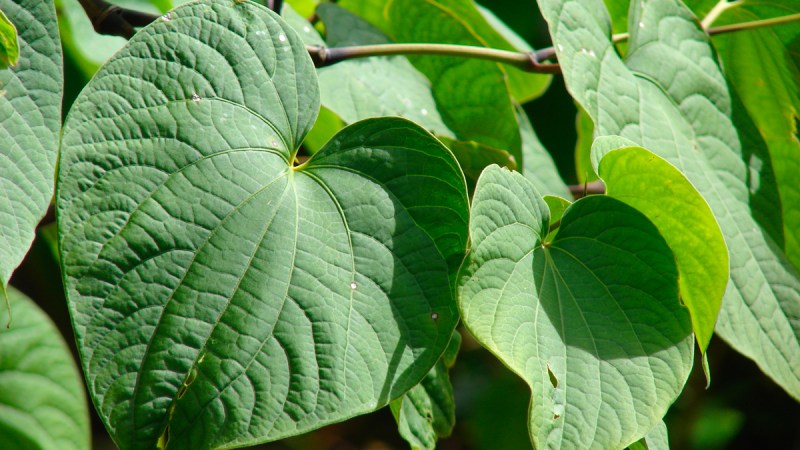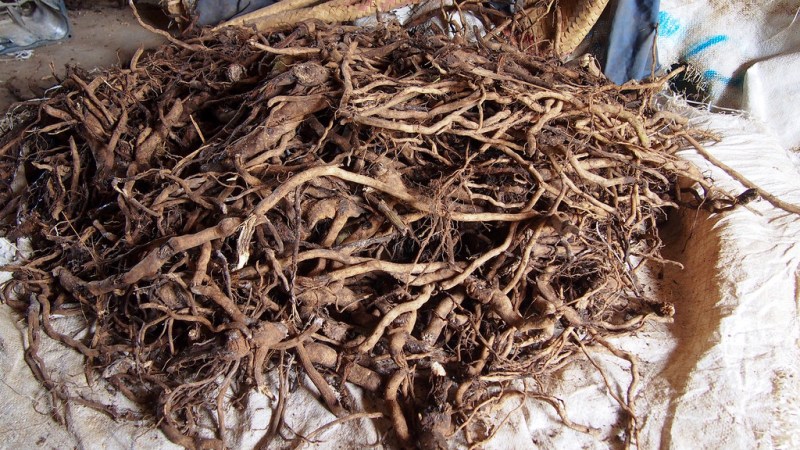
In the United State, we have a lot of ways to reach a different level of consciousness (or unconsciousness). Most of them, however, are illegal. That leaves us with alcohol and, in some states, marijuana. If you’re looking to find a high without the threat of going to jail for it, your options are limited (for good reason, we need to point out). The great thing, though, is there is another high that has been growing in popularity lately that helps alter your state and is legal in every state. That product? Kava.
The funny thing is that kava isn’t new. Kava as a drink (which is derived from the root of a member of the pepper family, piper methysticum) has been around for centuries. Historically, the plant was grown in Tonga, Vanuatu, the Samoas, Fiji, Micronesia, and Hawaii, but has recently made its way to global shores in the form of kava bars, which are popping up more and more frequently as people begin to search out the all-natural high in more places.

To find out more about what kava is and what it does, we sat down with Gabriel Coggins, co-owner of The Kava Konnection in Greenville, South Carolina. The Kava Konnection, which opened in 2015, has slowly gained recognition in the Greenville area to the point where Coggins was named 2018 Young Entrepreneur of the Year by the Greenville Chamber of Commerce for his efforts with the business, which he co-owns with his mother.
What is Kava?
Kava, Coggins says, is a drink that contains the ground up root of the kava plant mixed with water. Originally, the root was ground by someone’s teeth, but these days it’s processed in a way that doesn’t involve someone else’s saliva. The active ingredients in kava are called kavalactones, which produce a sedative effect without being addictive or impairing one’s mental clarity.
Basically, it gets you high without getting you high.

While it’s been a traditional drink in many countries for centuries, kava consumption went through a ban in the EU in the early 2000s, which ultimately effected kava consumption Stateside as well, Coggins says. A German study was published saying that kava caused hepatoxicity (chemical-driven liver damage) and therefore should be illegal. Further studies, Coggins said, proved the initial study was wrong and the EU eventually repealed the ban.
As a whole, too, kava is pretty healthy: one tablespoon of kava has around thirty calories (and seven carbs).
What Does Kava Taste Like?
The word “kava” is the Tongan word for “bitter,” which perfectly encapsulates what kava tastes like. How could it taste like anything but? When prepared in the traditional way, it is literally a ground up root mixed with water. The kavalactones are not water soluble, so when about to drink your kava, it’s good to give it a quick stir, otherwise the good stuff will just sit at the bottom and you’ll be left drinking gray-brown water.
When asked to describe what drinking kava is like, Coggins thinks of it like drinking an IPA or coffee. It’s bitter, but it’s also an acquired taste (that you may never actually ever acquire). Even if you don’t love it it, at the very least, you learn to appreciate the bitter earthiness.
“It definitely grows on you. I still don’t particularly love the taste, but I love the effect and I think my brain has paired those things together,” he says.
Coggins kept this in mind when opening the Kava Konnection, and created a slew of kava mocktails that offer the effects of kava (to a lesser degree), but don’t taste like kava. “We give everyone a sample of traditional kava right off the fly that is prepared in the traditional manner, but then we direct them to something more palate friendly if the kava isn’t for them.”
Among the kava mocktails, customers can indulge in a kava colada, a kavarita, and a variety of kombucha-kava mixtures.
Kava Effects
“Kava tends to bring the best out in people. It’s a vast generalization, but as a whole, that’s what we see,” Coggins says. “At 1 a.m., you’re not going to find people looking for a fight. At 1 a.m. here, people are generally pretty happy. Usually someone’s taken the guitar and people are jamming.”
With traditional kava, it’s important to know that your tolerance starts higher and over time decreases — the opposite effect of alcohol. “It sounds hyperinflated: ‘Buy a bunch now, and one day you’ll get a good buzz,’” Coggins says with a laugh. “But we’ve thankfully got a bunch of regulars who are willing to chime in.”

There are multiple varieties of kava, Coggins says, each with their own effects. The house kava at The Kava Konnection, for example, is the Vanuatuan strain Barogu, which effects the head and the body equally. Other strains of kava will be more heady while others will be more physical. You’ll feel calm, relaxed, and maybe even a little sleepy after a time (and enough kava). You may even feel a tingly heat in the cheeks or fingertips as you would with marijuana. All of this, of course, depends on the quality of the kava, the strain, and your own tolerance which, we found, lessens over time.
Outside of a social capacity, many people the world over use kava as means of dealing with a variety of symptoms, from pain to anxiety to insomnia, and more.
An immediate benefit that appeals to some is that kava works as a mild topical analgesic. “After you take the drink, you’ll feel a little tingling on the tongue. That piques interest right off the bat,” Coggins says.
Regardless of the type of kava, it’s best to have a little food in the stomach, but not a full meal. A full meal, he says, will lessen the effect of the kavalactones.
Where to Buy Kava
The best way to try kava the first time is to have it prepared by someone who knows what they’re doing. If you want to sip kava at one of the many kava bars popping up around the country, you can check out this map, courtesy of Kalm with Kava.
If you’d like to try it at home, you can order kava root powder online from The Kava Konnection here.





